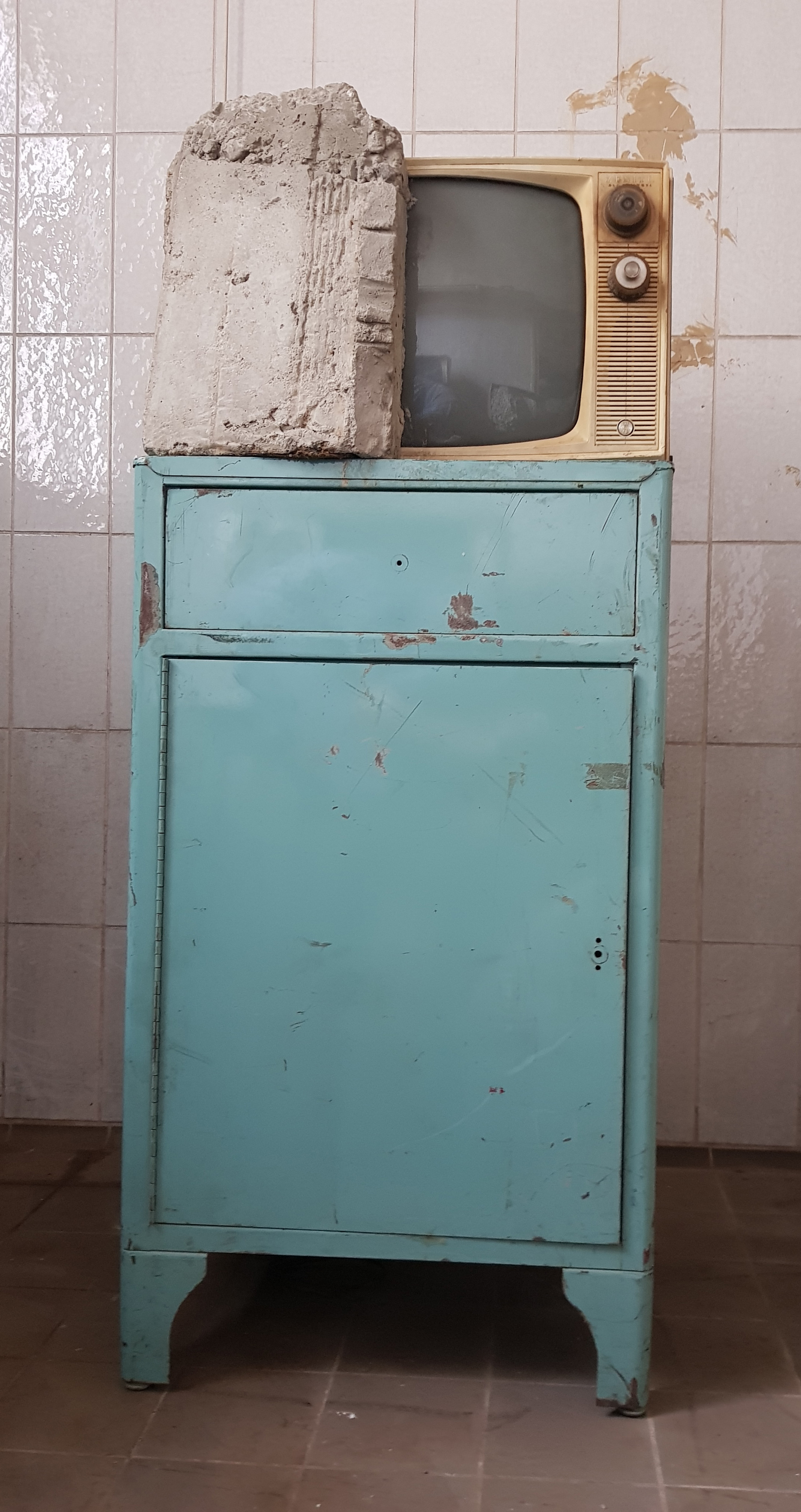When examining depression as a psychological condition, we can distinguish between endogenous and exogenous (reactive) depression according to its pathologies. Wolf Vostell, in the 1960s, put forward his own interpretation of endogenous depression as a mental disorder that is largely determined by biological, neurochemical processes and largely independent of environmental influences. By using the medical term, Vostell referred to psychological insights and formulated them as an aspiration for society as a whole. Endogenous here means, first and foremost, that the hidden, internal events that the patient (or society) does not deal with remain hidden and invisible compared to the visible manifestations. In his works entitled Endogenous Depression, Vostell addressed, on the one hand, the modern man blinded by the euphoria of consumption and, on the other, a social attitude influenced by the logic of the capitalist social order and the mass media, which is reluctant to confront the past. He later presented the original installation (happening-decoll/age) in nine new arrangements, all using cathode-ray TV sets embedded in concrete. The installation elements were accompanied by staged or chance events: first dogs, then turkeys were placed in the assemblage. In later years, he exhibited the elements of the installation (TV set on table, in concrete) separately, under the title Endogenous Depression. Throughout his creative practice, Vostell had been searching for new materials. This is how, in 1969, he discovered concrete, which he applied to all artistic media and genres (sculpture, environment, happening, painting, video, etc.), initially calling these works “action sculptures”. For him, concrete was the material of paralysis, brutalism and hardening of human society. (KJ)
